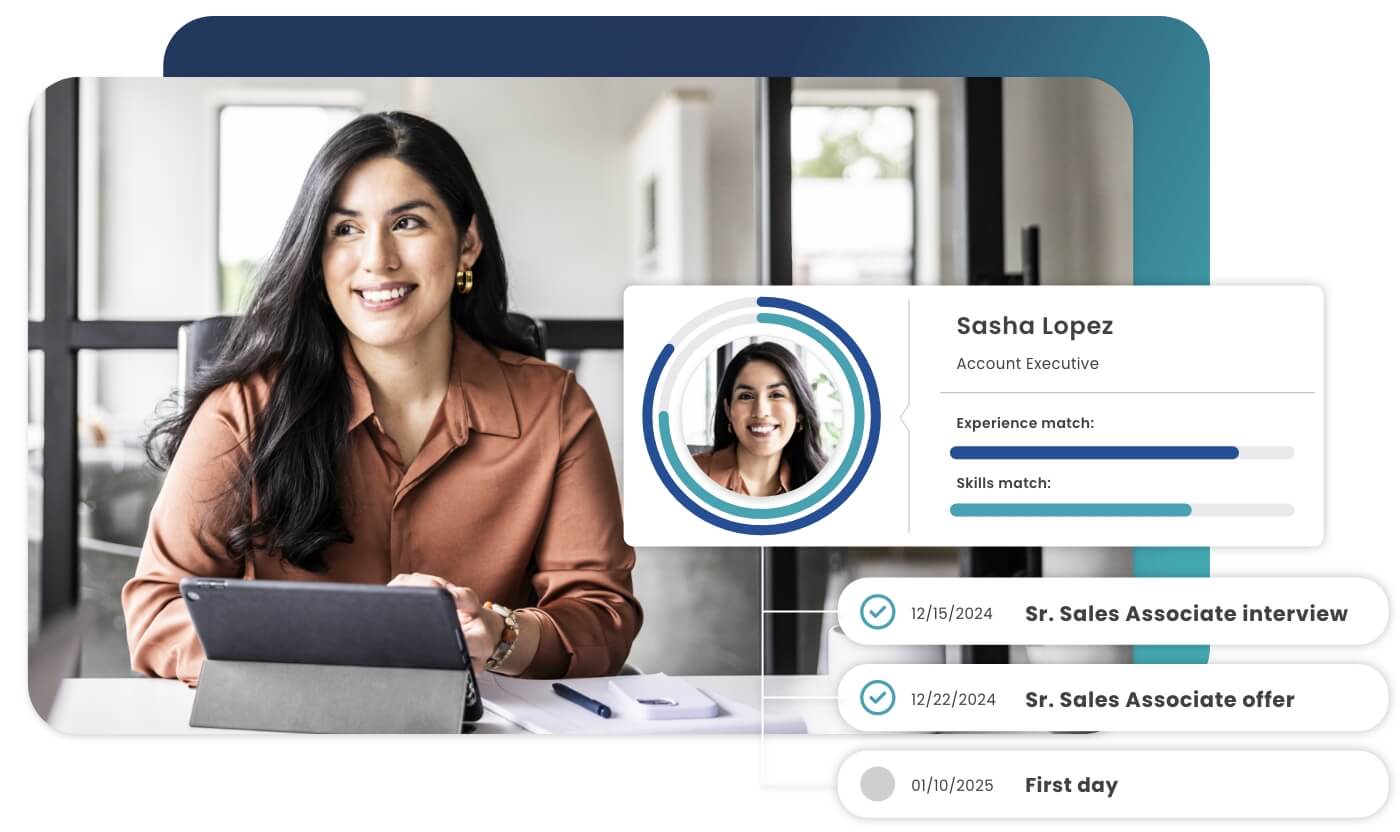

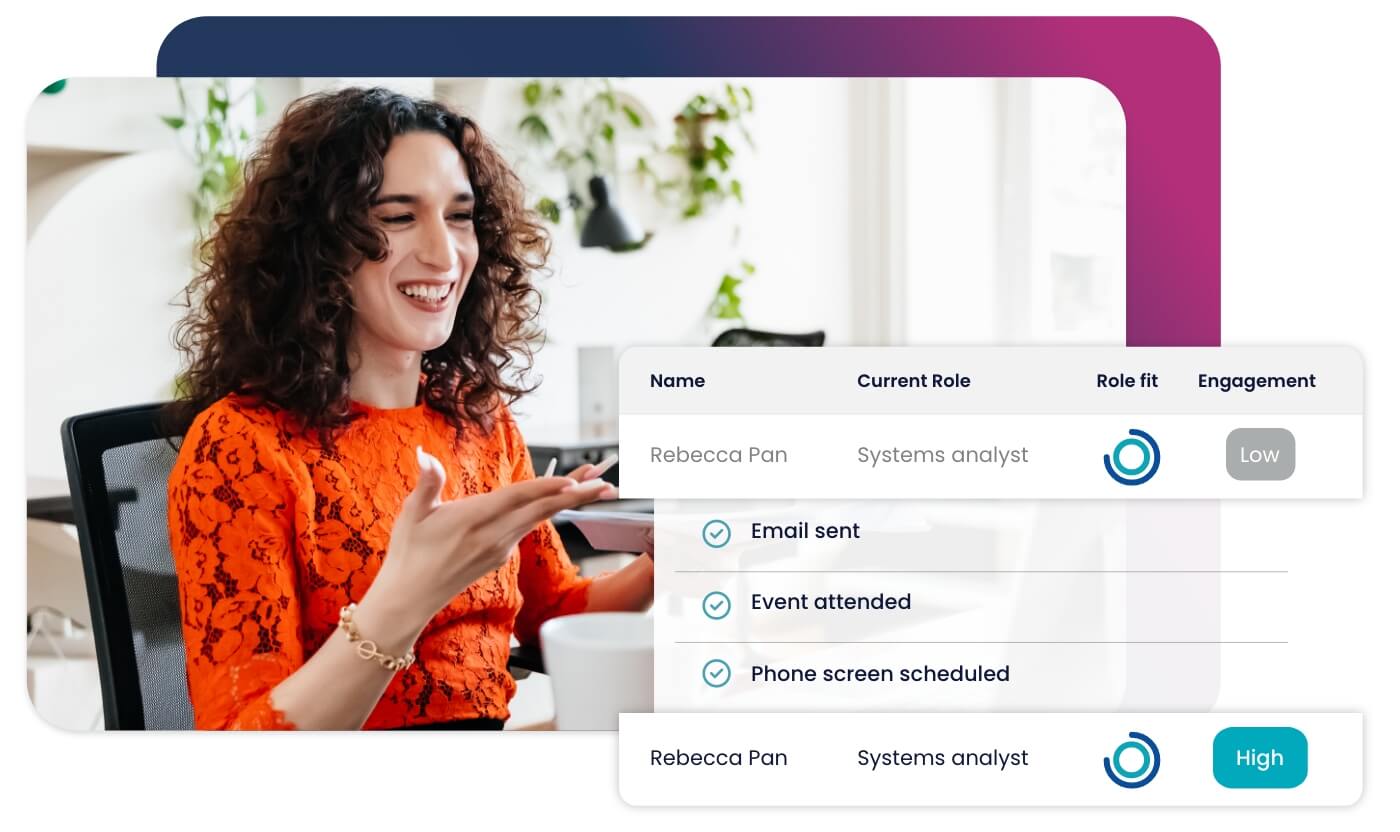
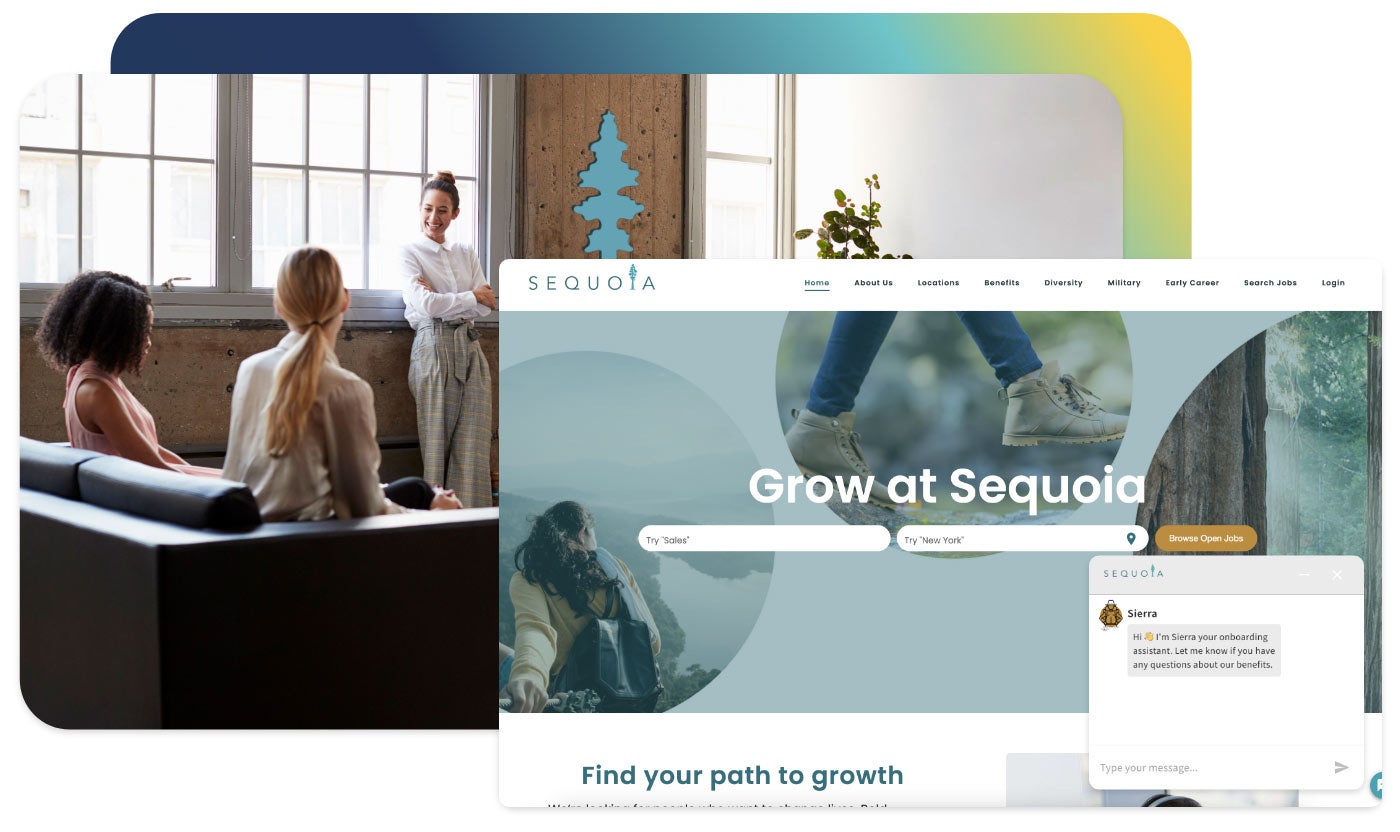


Accelerate hiring key talent to deliver care and exceed patient satisfaction.

Attract skilled candidates, speed up hiring and grow expertise in your workforce.

Simplify recruiting finance and banking talent with a platform for hard-to-fill roles.


Build a talent pipeline that engages and drives your business forward.


See how diverse and global enterprises use iCIMS to employ millions, drive innovation and connect communities worldwide.

Learn how a beloved restaurant hires 40,000+ annually with a great candidate experience.
Uncover unique market insights, explore best practices and gain access to talent experts across our library of content.


View press releases, media coverage, the latest hiring data and see what analysts are saying about iCIMS.

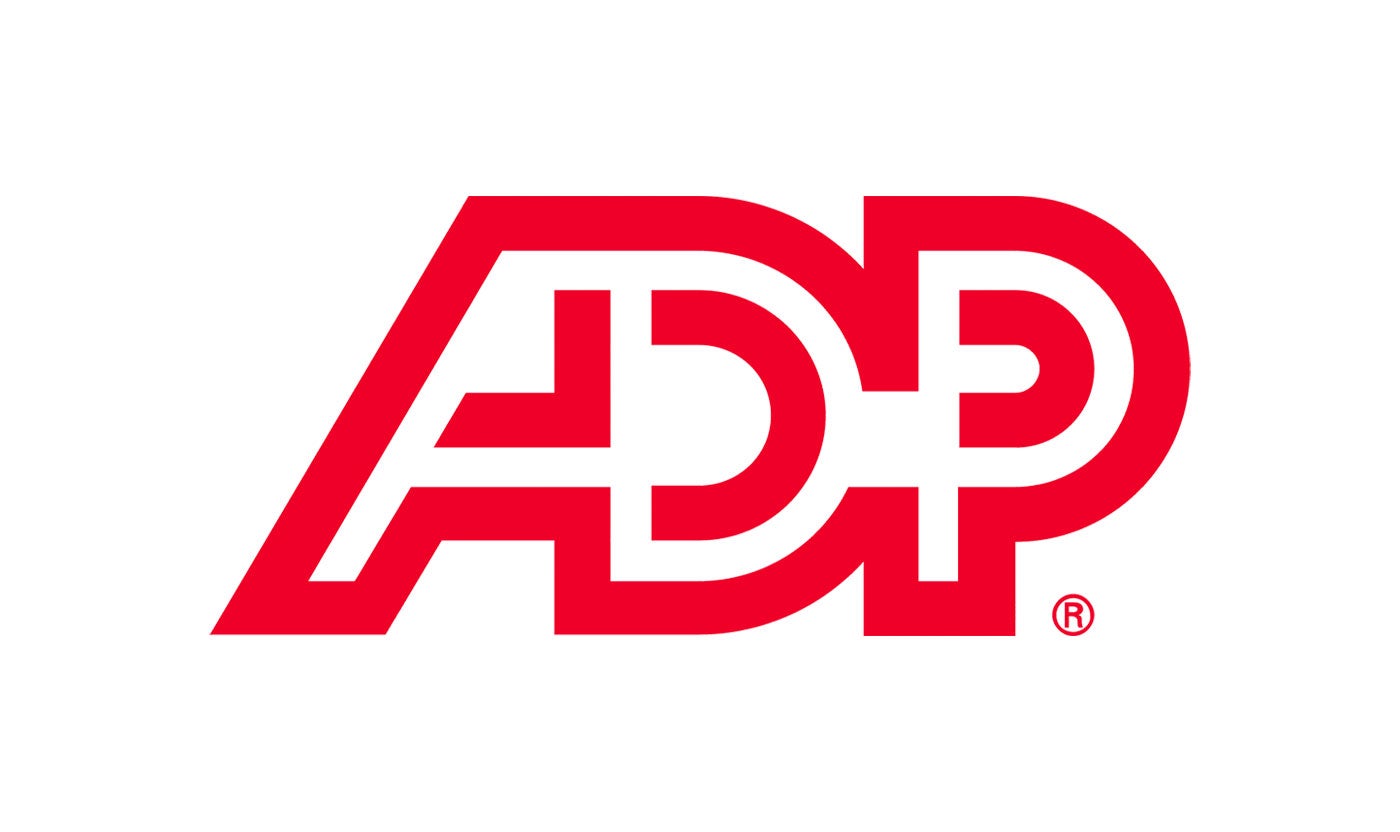
Streamline your tech stack and take advantage of a better user experience and stronger data governance with ADP and iCIMS.
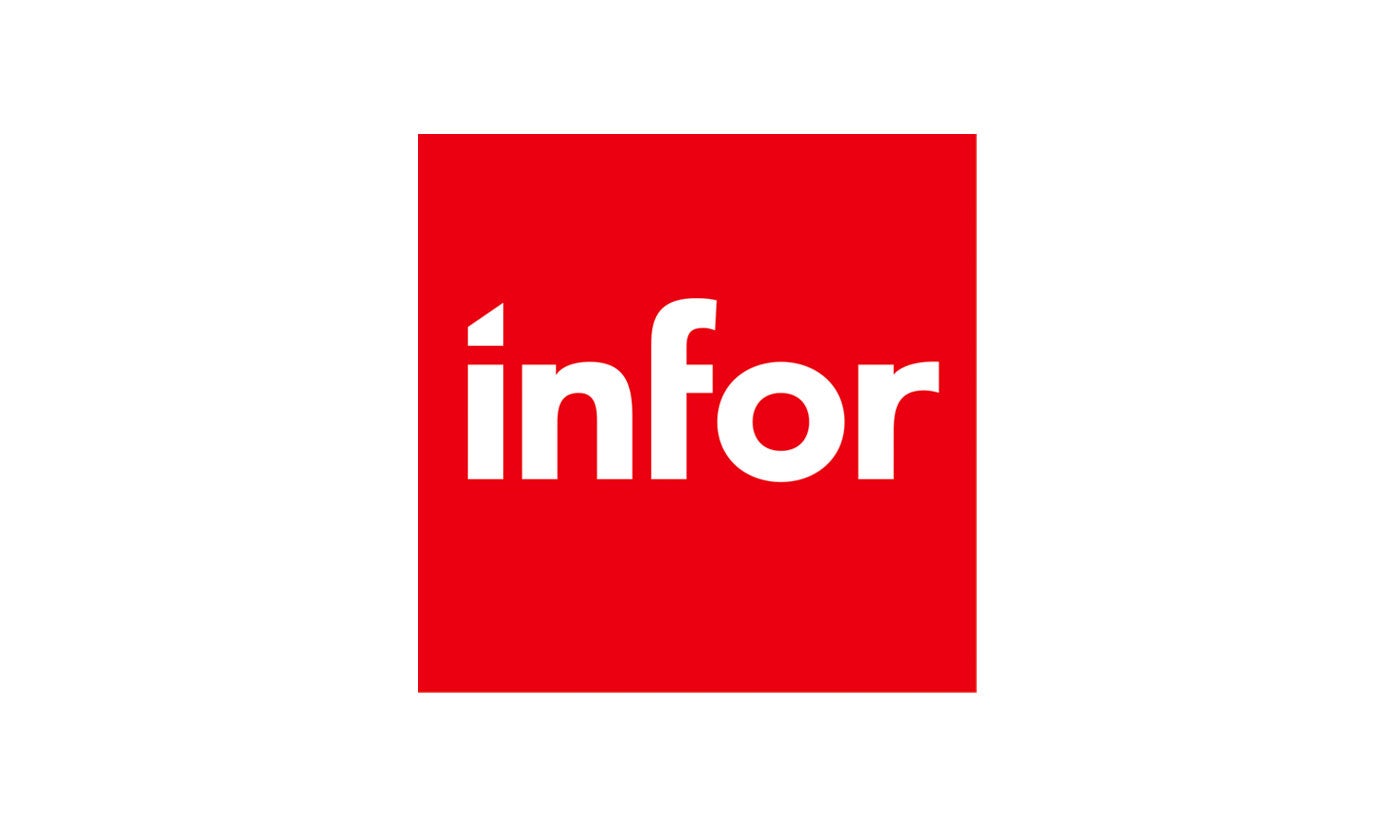
The combined power of iCIMS and Infor helps organizations strategically align their business and talent objectives.
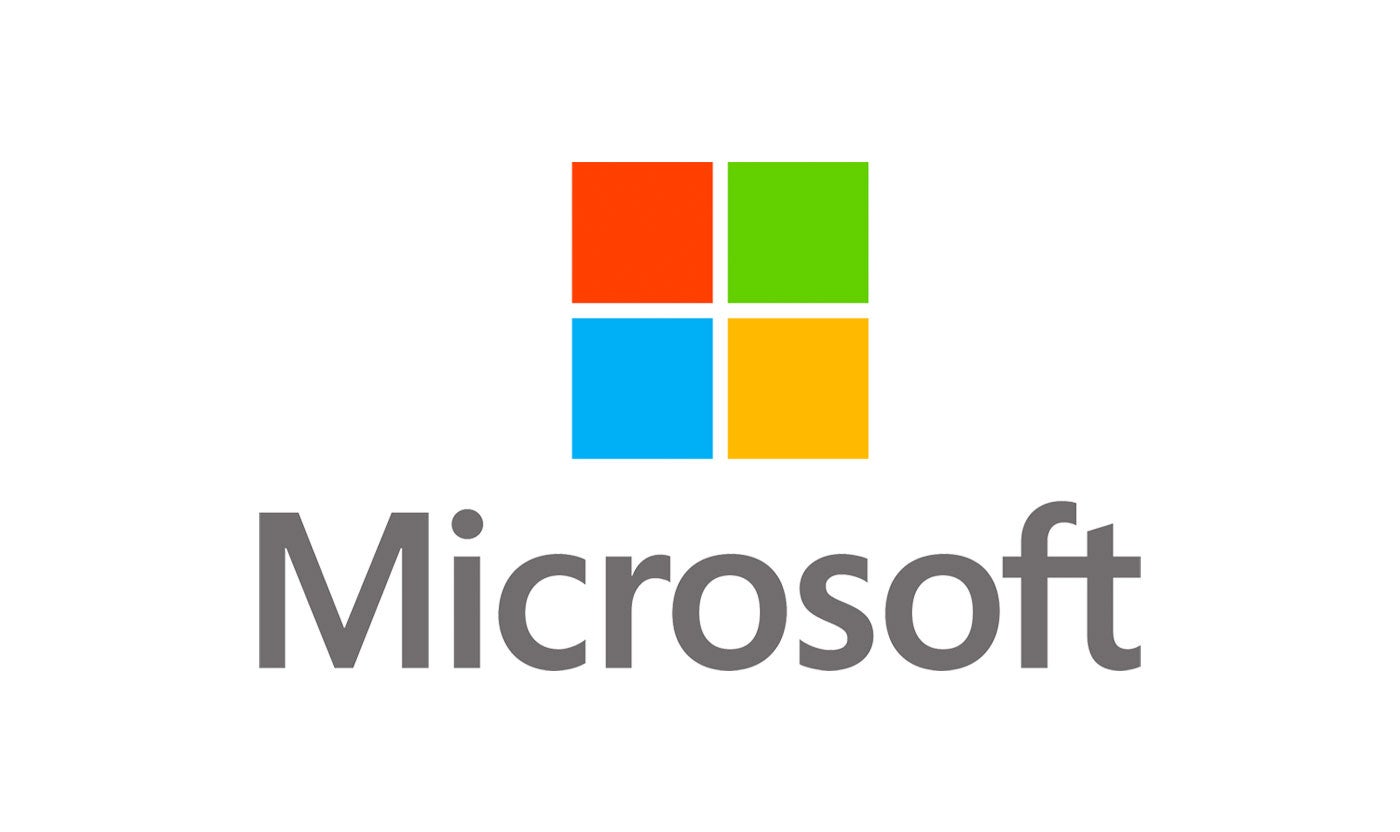
Our award-winning partnership with Microsoft is grounded in a shared desire to transform the workplace and the hiring team experience.
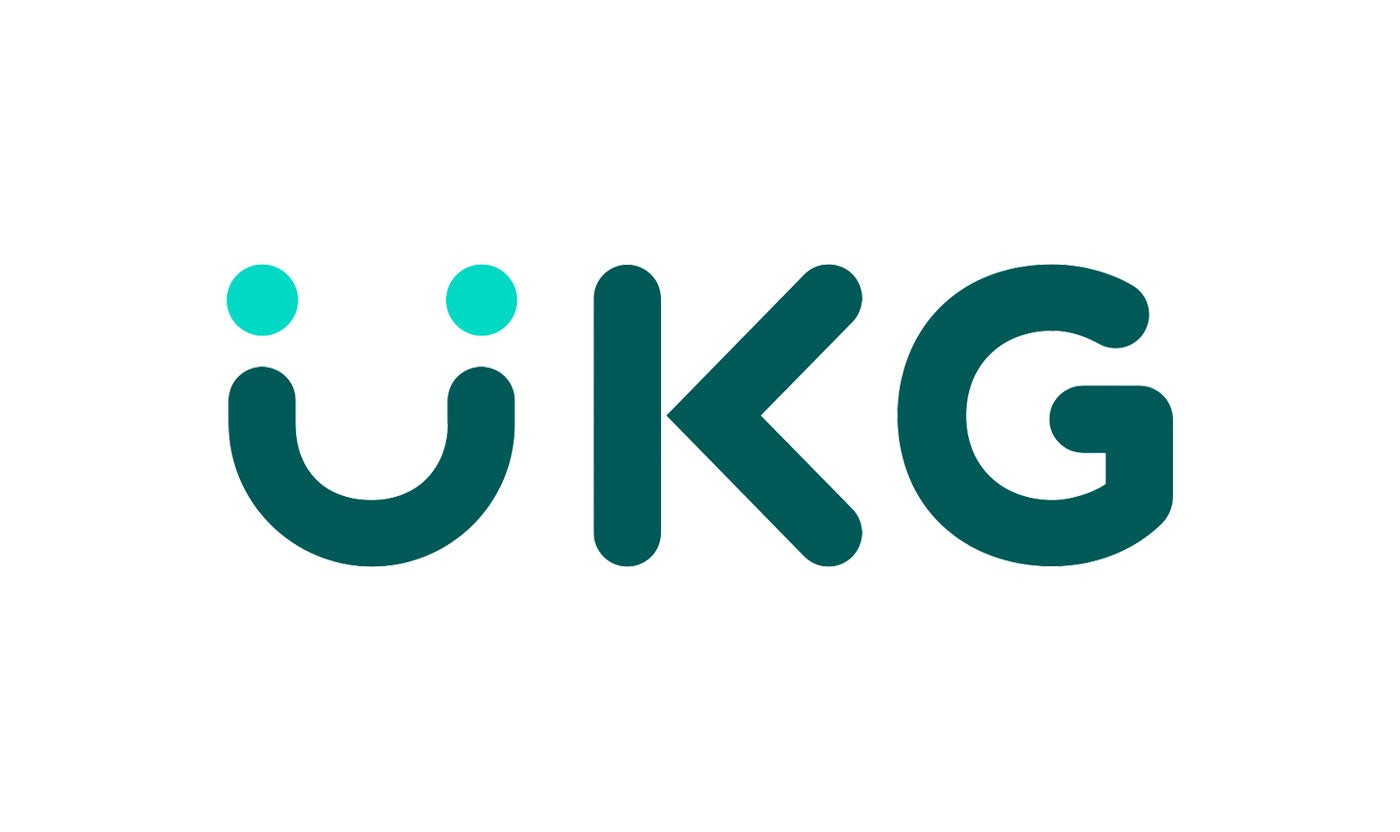
Our partnership with Ultimate Kronos Group (UKG) supports the entire talent lifecycle by bringing frictionless recruiting solutions to UKG Pro Onboarding.
Hiring processes have evolved significantly. Not long ago, hiring managers had to manage a flurry of emails from potential candidates, managing their resumes and communications with legacy systems that weren’t specifically designed to handle those processes.
Today, recruiters and hiring managers have significantly more technology at their fingertips to manage the hiring process. Additionally, there are more channels and job aggregators than ever for candidates to apply for a job. Hiring managers, recruiters, and other stakeholders can now access vast pools of candidates, using automation, candidate relationship management tools, and even artificial intelligence (AI) software.
Although this has created more opportunities for organizations to acquire talent and more ways for talented candidates to find the perfect job, it also complicates the talent acquisition landscape. Managing all these elements is a daunting process without a solution—or suite of solutions—to aid in the process.
Here, we’ll explore the role recruiting software plays in talent acquisition and what differentiates it from other types of talent acquisition tools.
Recruitment software refers to software tools used by hiring managers, recruiters, and talent acquisition experts to streamline their recruitment workflows. Most recruiting software includes some combination of automated processes that replace the cumbersome manual processes typically associated with recruiting, such as scanning and sorting resumes by hand.
In this context, recruiting software is a broad term that could refer to many different types of talent acquisition tools. Recruiting software could be used to find and attract candidates, manage applicants, analyze resumes, or source candidates from active talent pools.
Some recruiters rely on a single software suite to power all these functions. For example, some candidate relationship management (CRM) software suites include modules that let recruiters market job openings, communicate with candidates via text message, or even interview candidates remotely, all while providing the core function of maintaining relationships with candidates.
In short, recruiting software is any type of software that helps an organization optimize its hiring processes.
Depending on the type of software you use, recruiting software can perform a variety of functions. This type of software originated in the 1990s, when recruiters needed a better way to manage and organize the many job applications received month after month.
Today, you can expect most recruiting software to perform some or all the following functions.
Candidate Sourcing
Candidate sourcing is the process of finding and assessing qualified candidates for an open position. Rather than simply posting a job on a job board and waiting for applicants, candidate sourcing is a much more proactive approach to recruitment.
Some types of recruiting software serve to make your candidate sourcing process more effective and efficient. It may automate your process of parsing job boards, candidate databases, and employee networks, or it may outsource the function entirely. Some candidate sourcing solutions even work with social media websites, enabling you to engage potential employees on their most familiar channels.
Applicant Tracking
An applicant tracking system (ATS)—sometimes known as a talent management system—is a type of recruiting software that enables you to organize candidates, applications, and resumes electronically.
When a candidate applies for a position, their resume, cover letter, application, and personal information is entered into a database. Once in the database, that data can be transferred to other modules within the system, or even to other systems, as the candidate moves through the hiring process.
This all but eliminates the process of keeping track of candidates on paper. Instead of sorting through mountains of applicant information by hand, recruiters and hiring managers can query their ATS to obtain the information they need instantly.
Analytics
Some types of recruitment software have an analytics function. This means it analyzes the health of the organization’s hiring and recruiting process, then produces reports. Most recruitment analytics tools use data visualization to provide recruiters with actionable insights they can take to improve the recruiting process.
Personality Assessments
A cover letter and a resume are only the beginning of the application process. Today, many recruiters want more information about an applicant’s personalities and cognitive abilities before they make them a part of the company.
Some types of recruiting software can assess a candidate’s personality and skill level through testing and survey questions. Some of the most advanced candidate assessment tools can even analyze social media activity to generate a personality profile of each candidate. This gives hiring managers and recruiters a much better idea of who they are hiring and whether they will fit into the company’s culture.
Employee Onboarding
Finally, some types of recruiting software function as an aid in the employee onboarding process. They may connect to recruiters’ other software applications, allowing for a smooth transition from when the candidate is first sourced to their first day of work and beyond.
Recruiting software isn’t just a nice thing to have in today’s hiring landscape—it’s a necessity. Most candidates expect recruiters and hiring managers to use software tools to some degree in the hiring process, whether it’s to keep track of their application or to engage them on various electronic channels, including social media.
More importantly, recruiting software can save your organization valuable amounts of time and money. Instead of delegating additional personnel to sort through applications, you can use automation to find only those applicants who might be a good fit.
Many recruiting tools also reduce bias in the hiring process by removing humans from part of the assessment process. This reduces the risk that a human recruiter will make decisions based on their unconscious biases, so you have a better chance of selecting candidates based solely on their qualifications.
Recruiting software is also essential for creating a positive candidate experience. You want your process to be reliable and as transparent as possible. With the right software, you can guide candidates through every step of the hiring process seamlessly.
Recruiting software works within your organization’s technology stack in a similar way to other software applications. Some of the best recruiting software also integrates with other popular business applications, such as marketing and sales software.
Most of the recruiting software you’ll find today is cloud-based. You won’t have to install it into your organization’s computing infrastructure. Instead, you can access it remotely from anywhere, allowing your hiring managers and recruiters to engage with candidates from almost anywhere in the world.
Like other business applications, recruiting software usually provides you with a cloud-based dashboard that you can log into. From there, you can perform the functions the software was designed for, such as finding and evaluating candidates, managing candidate relationships, and reporting on your hiring processes.
Any recruiting software applications you choose should include features that make the recruiting process easier, faster, and less expensive. The best solutions usually come with features like the following:
Look for software solutions that can be accessed on almost any device, including laptops, tablets, and even smartphones.
You should also pay close attention to how user-friendly your software is. An intuitive user design is one that can be utilized by anyone at your organization, regardless of whether they consider themselves a “tech person” or not.
Finally, your solution provider should engage with you regularly to ensure you are getting everything you can from your solution. The onboarding process should be simple and straightforward, and they should have a system in place for inquiries and troubleshooting. Remember this: You aren’t just buying a subscription to cloud-based software; you’re also buying a user experience.
The iCIMS talent acquisition system is a comprehensive recruiting software platform that delivers transformative solutions across every stage of the talent journey. Attract candidates with personalized messages, engage them through their favorite communication channels, and simplify the onboarding process with AI-powered capabilities.
To see the Talent Cloud in action, sign up now for a demonstration.

